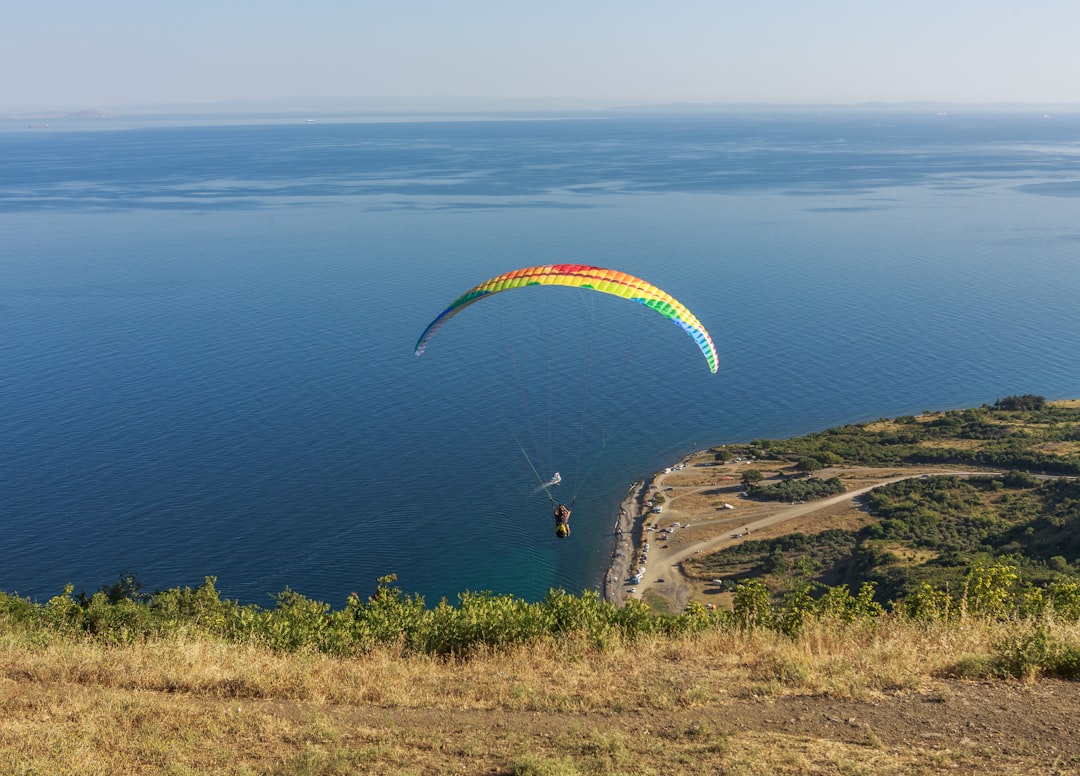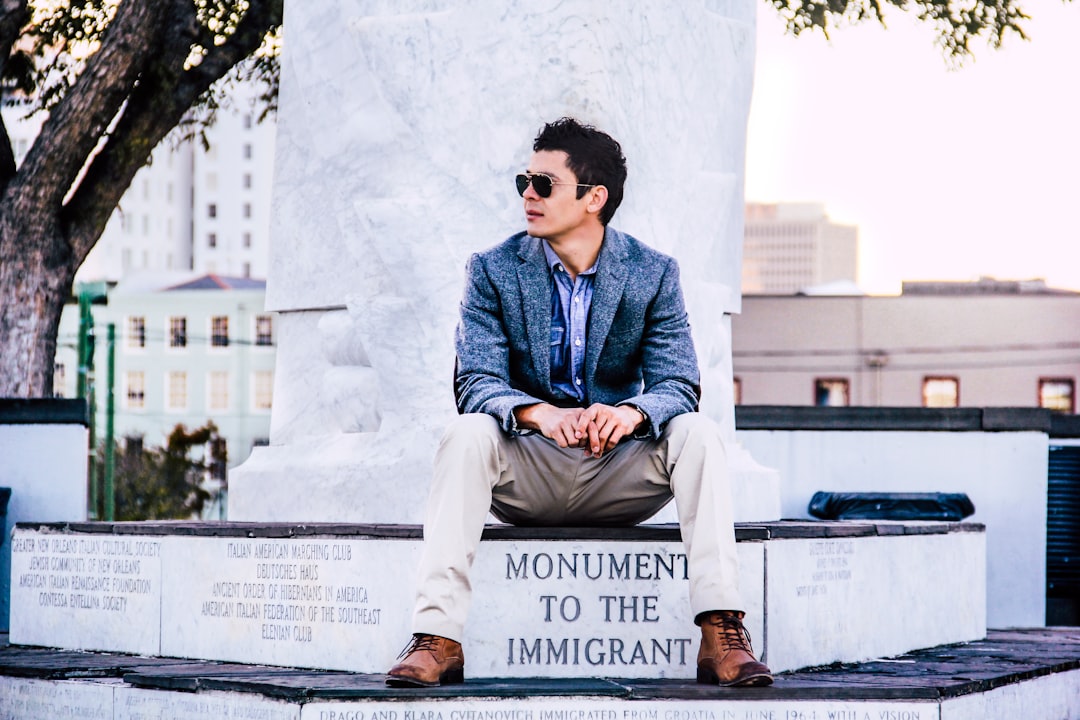
How to Plan a Successful Trip: A Comprehensive Guide.
# Introduction. Planning a successful trip can feel overwhelming, especially when you have so many factors to consider. From choosing the right destination and time to travel, to organizing accommodation and activities, effective planning is crucial for a smooth and enjoyable experience. This guide aims to break down the key components of trip planning into manageable steps, ensuring you maximize your time and enjoyment while minimizing stress. # Set Clear Goals for Your Trip. Before diving into the details, reflect on what you hope to achieve during your vacation. Are you looking to relax on a beautiful beach, immerse yourself in a different culture, or seek adventure through hiking and exploration? Establishing clear goals will serve as the foundation for your trip. Think about the activities that excite you and the experiences you want to have. This initial step will simplify your destination choices, the types of accommodations you might seek, and the kinds of excursions you want to include in your itinerary. # Choose Your Destination Wisely. With a clear vision of your trip goals in mind, it's time to select a destination. Factors to consider include your interests, budget, seasonality, and travel distance. Research potential locations that align with your goals. Use travel blogs, forums, and social media to gather opinions and insights. Don’t overlook practicality—think about factors such as the travel time, safety, language barriers, and cultural norms. If flying is necessary, check flight paths and connections, as this could impact your travel plans. A well-researched destination will make a significant difference in your overall experience. # Create a Detailed Itinerary. An itinerary serves as a roadmap for your travels. With your destination chosen, outline your daily activities, accommodations, transportation options, and meal plans. Be sure to include time for rest and relaxation to avoid overscheduling. Prioritize must-do activities, but also leave room for spontaneity and discovery. Furthermore, familiarize yourself with local customs and transportation systems. For instance, if your destination has unreliable public transportation, you might want to book tours or rent a car. A well-organized itinerary can help you make the most out of your trip and reduce decision fatigue. # Budgeting for Your Trip. Budgeting is essential for any traveling endeavor. Start by estimating your overall trip costs, which should include flights, accommodation, meals, activities, and shopping. Consider creating a spreadsheet to track your expenses. Make sure to build in some flexibility for unforeseen costs or splurges on unique experiences. If traveling with family or friends, discussing finances beforehand can prevent misunderstandings. Additionally, consider using travel apps that help manage expenses while on the go, so you stay within your budget. # Pack Smart and Prepare for the Unexpected. Packing can often be a daunting task, but strategic preparation can ease the process. Consider your destination's climate, activities planned, and the length of your stay when packing. A packing list can be invaluable for ensuring you don't forget essential items. Invest in quality luggage that doesn’t inhibit your mobility. Additionally, prepare for the unexpected by keeping a first-aid kit, travel insurance, and extra copies of important documents handy. Being well-prepared helps you to navigate unforeseen events more effectively, enhancing your overall travel experience. # Embrace Local Culture. Once you arrive at your destination, immerse yourself in the local culture. Engage with locals, try traditional foods, and participate in cultural activities. Not only can this enhance your travel experience, but it may also lead to new friendships and unforgettable memories. Approach your trip with an open mind, be willing to step outside your comfort zones and embrace new ways of life. Using apps or local resources can also be beneficial in discovering unique experiences that aren’t widely promoted. # Conclusion. In conclusion, successful trip planning requires foresight, organization, and flexibility. By setting clear goals, selecting suitable destinations, creating a comprehensive itinerary, budgeting wisely, packing efficiently, and embracing local culture, you can transform your travels into memorable experiences. Remember that while planning is crucial, the journey is ultimately about enjoyment, connection, and adventure. So, take a deep breath, enjoy the process, and embark on your next adventure with confidence. .









